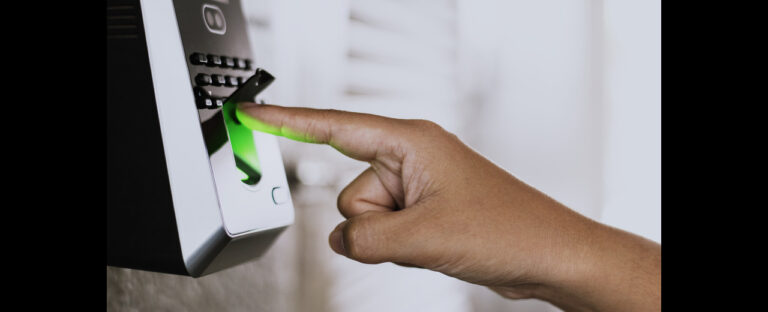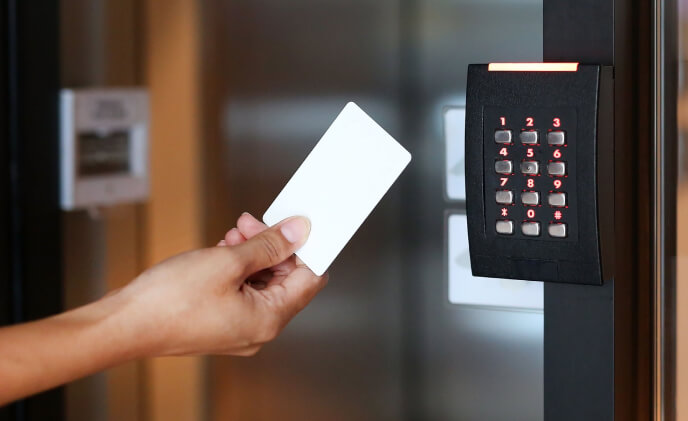ACCESS CONTROL SYSTEMS
Access control systems are an excellent way of managing who can enter a building. what parts of a building they are allowed access to and when they can access any area. The system will also log all events (doors open /closing etc.) and by whom and at what time. It can also log when a valid try of the door was attempted and by whom. The electronic access control system grants access based on the credential presented. When access is granted, the door is unlocked for a predetermined time and the transaction is recorded. When access is refused, the door remains locked and the attempted access is recorded. The system will also monitor the door and alarm if the door is forced open or held open too long after being unlocked.
Access control systems are made up of a controller, keypad and access control devices wired to the controller to control doors and gates.



